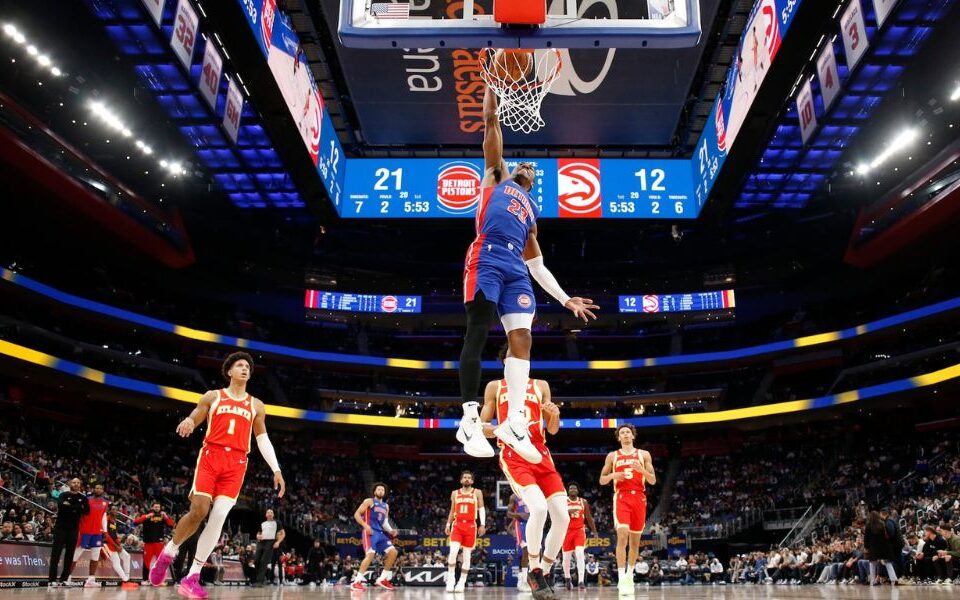- Have any questions?
- 888-432-8878
- steve@sebackground.com
The Difference Between ICE Raids and Audits
July 23, 2018DOL Issues Guidance on Independent Contractors
July 24, 2018The Different Types of CEOs: Pros and Cons
Personality plays a crucial role in the different types of CEOs, with each depicting a leadership style prone to both benefits and drawbacks, and also the areas for improvement. But this is difficult to acknowledge as a CEO: how your personality affects your leadership style. To sound more reasonable, titles and roles cannot eliminate personality. Sometimes, people struggle to find the balance; giving in to roles or persona, but the friction does not rule out how CEOs are engaged at work: playing with figures behind closed doors or munching familiarity with the employees.
Accessing from the frame of leadership styles, nearly all CEOs fall between The Best Friend and The Figure Head. That means two common leadership styles from the mentioned types of CEOs. We will reflect on the pros and cons of both types of leadership in helping you to understand your style and the areas to improve as you work towards becoming a successful CEO.
The Best Friend
This is the CEO that wants to be accessible to everyone. They are the CEOs that will freely share their phone numbers or email every employee regularly. The best friend is the person that will be too involved with the employees.
Pros of Best Friend
Achieve 100% employee commitment: the best friend CEOs always inspire their employees to work very hard. This encourages employee retention and engagement since the CEO type represents an individual that cares about employees regardless of their titles or roles.
Have a better connection with daily work activities: the CEO becomes more aware of every detail about the business through more robust friendship. This leadership style requires the CEO to develop good relationships with the advisory team for advice on the company’s future.
They are happier: Aside from being able to sustain this position for a long time as an energized CEO, the individuals are able to find happiness and interest with a couple of extroverts where they are able to access resonating relationships.
Cons of Best Friend
Time constraints: the adage that says you can’t eat your cake and have it demonstrates the best friend CEO’s lack of pace in following up all official duties since they have access to virtually everything. Attending to every situation as required by this type of CEO push them away from some priorities. Hence, they need to ensure a balance with the relationship-building and its key purpose.
Distractions: approachable CEOs handle the highest number of issues and suggestions. This creates various avenues for distraction and valuable time spent on conversations and efforts to maintain corporate culture. Individuals in this category need a trusted team to help sift healthy decisions with the direct impact that requires the CEO’s guideline and those that should be handled otherwise.
The potential loss of focus: focus is the future of every business. Hence, working harder on relationships can mean a loss of focus and possibly divert the CEO’s attention away from the original focus.
The Figure Head
On the complete opposite side is the Figure Head CEO, rarely seen by employees, but that doesn’t imply they are ineffective leaders. This CEO is just too busy to spend some time with their employees, but benefit the company a lot if they can be great ambassadors of the brand.
Pros of Figure Head
Effectively uses social media: this CEO is able to create an approachable persona if they cannot be available to the employees. A survey reported by Forbes established that the use of social media helps to build trust and reputation for the brand and as well as leadership development.
Represent the company’s face: this CEO type can be effectively used to establish more focus on business development by being part of the strategic marketing plan. They are seen as having deep background work for both the future and current state of the company.
Comfort zone for introverts: while introverted CEOs are reported to have sought tendency to surpass their expected targets, they have no challenge representing the Figured Head CEOs.
Cons of Figure Head
Rip the detriments of moodiness: As the mood of every head figure in a business controls the workplace mood, this CEO rarely present a positive signal and fail to impress the employees with their general moody appearance. This negatively affects the overall performance and expectations.
Workforce disconnection: A figure Head CEO sometimes disconnects the employees by giving off a “man behind the curtain” vibe. This affects employee trust and communication. This CEO is required to conduct employee surveys regularly and activate platforms where the employees can receive an empathetic response from the CEO, enabling them to find areas of their weakness and establish measures to improve.
Unhealthy business relationships: CEOs that allow the employees to develop a feeling of isolation and loneliness in the job by giving them too much distance is likely breeding insincere relationships. The business relationships found at this workplace will gradually be on a surface-level and harbor insincerity.
The post The Different Types of CEOs: Pros and Cons appeared first on The HR Digest.
Source: New feed



